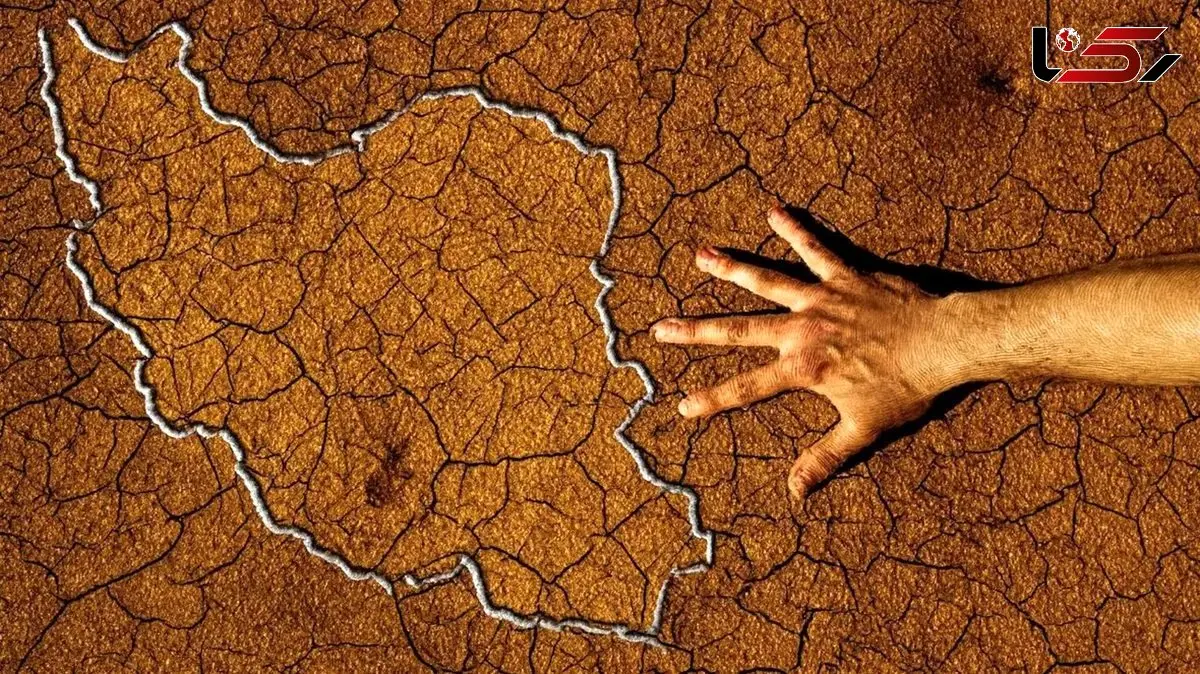Rokna Reports:
In Iran, Projects Are Mostly Just Names, But Crises Are Real / Iran’s Nature Does Not Die; It Is Massacred!
Rokna Political Desk: Iran’s environmental crises are not “accidents”; they are the result of flawed policymaking. In a world where countries are rapidly moving to protect, restore, and adapt to climate change, Iran remains trapped in the familiar cycle of “plan-making, publicity, suspension, and forgetfulness.” If water management is not reformed, if wells are not closed, if water rights are not restored, and if forest and wetland restoration is not mandatory and properly monitored, in ten years, there will be no need for critical reports or expert analysis—only official statements declaring the end of several of the country’s ecosystems.

According to Rokna’s social affairs reporter, Iran today stands on the edge of an environmental precipice; a precipice not sudden, but built over a decade of unfulfilled promises, half-completed projects, and unclear budgets. When governments spoke of “national plans,” “comprehensive programs,” and “restoration projects,” the land of Iran silently sank, wetlands dried, aquifers emptied, and forests burned.
Over the past four years, official agencies have repeatedly spoken of a massive surge in tree planting. However, many seedlings never progressed beyond the nursery stage or receiving funds for planting; a large portion was either never planted or perished during the first summer.
Official statistics highlighted hundreds of tree-planting and mulching projects, yet over-extraction from groundwater reserves rendered all restoration efforts ineffective. When there is no water, seedlings die, and mulch on dry soil becomes merely a symbol of failed projects.
Successful watershed management requires reliance on scientific data and comprehensive planning. In Iran, watershed management has often been limited to a few construction projects, with scattered budgets and insufficient oversight. Soil erosion in many provinces has reached crisis levels.
Wetland restoration projects, supported by UNDP, began years ago, but water rights were not ensured, dam construction continued, and high-water-use agriculture expanded. Wetlands from Urmia to Hamun are drying further every year.
The Zagros Mountains, with their ancient oaks, serve as the country’s largest soil shield. However, widespread drying, pests, uncontrolled fires, and insufficient funding have brought forests to the brink of collapse. Official reports speak of “international cooperation,” yet in practice, forest rangers, equipped only with basic tools and fragmented plans, cannot protect effectively.
In the past decade, Iran has not suffered from a lack of plans but from an overabundance of announced projects that were never implemented.
However, the crises did not wait: land subsidence has now reached globally dangerous rates in some areas; aquifers in many provinces are effectively “irreversible”; forests are shrinking and weakening; wetlands are dying slowly; seas are retreating; and soil, this millennia-old asset, is becoming poorer and finer with each passing year.
What has brought the country to this state is a combination of:
-
Fragmented management,
-
Prioritizing costly, short-term construction projects,
-
Lack of transparency in budget allocation,
-
Conflicts of interest,
-
Ignoring science and expert warnings.
Iran’s environmental crises are not “accidents”; they are the result of flawed policy and fragmented management. Land subsidence, drought, declining aquifers, and forest fires are all outcomes of the absence of serious reforms. Without sustainable water management, halting illegal wells, and mandatory local restoration programs, the next ten years will witness only the gradual death of Iran’s ecosystems.
Send Comments